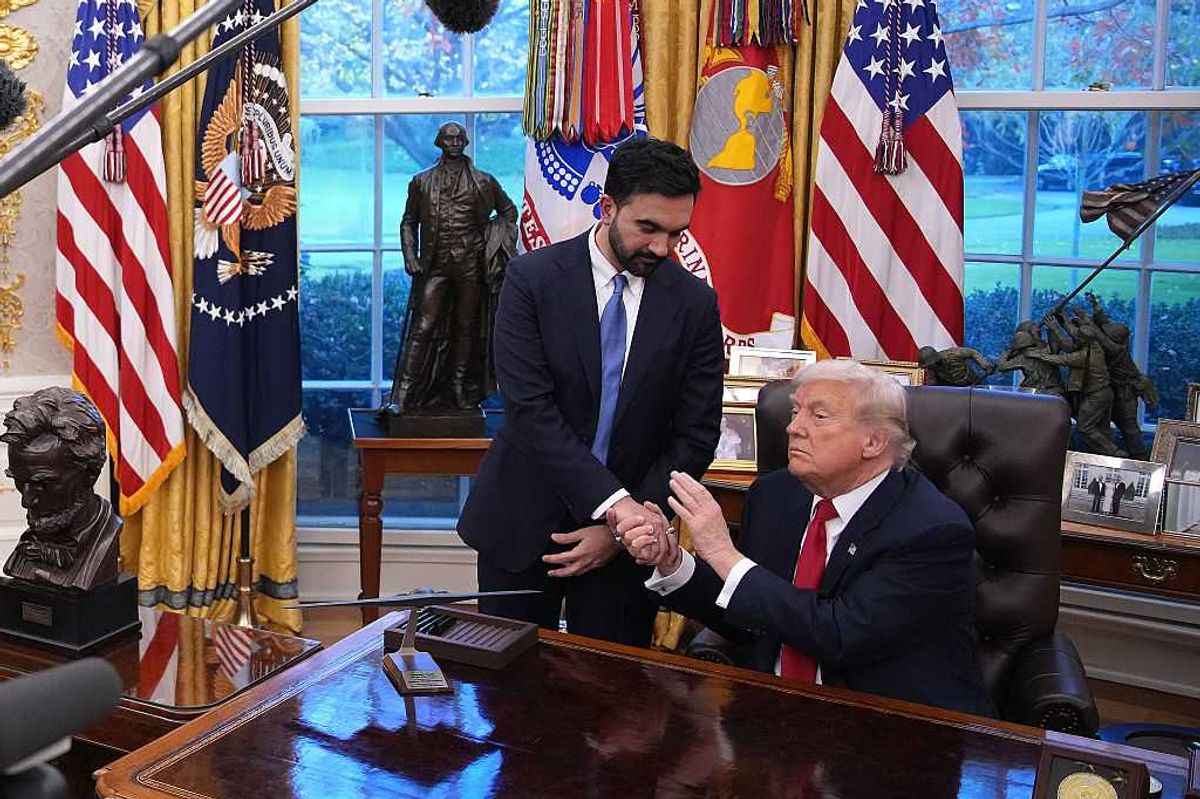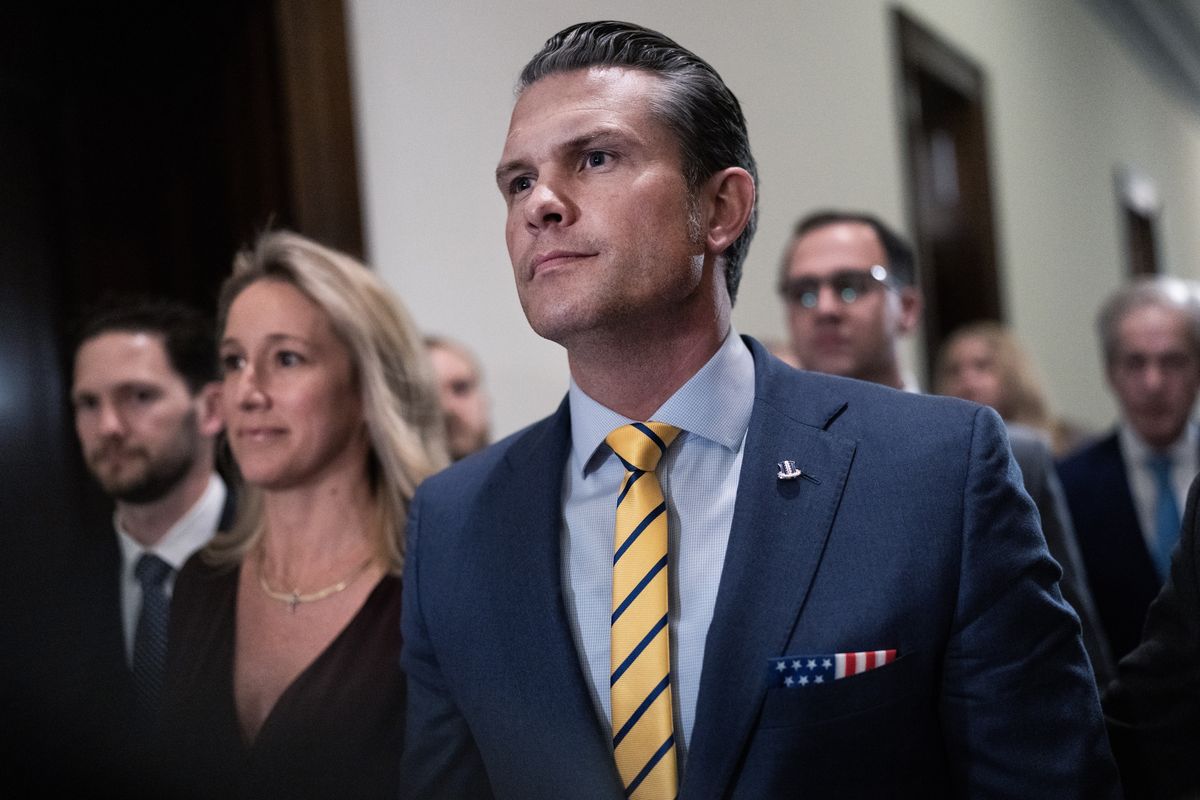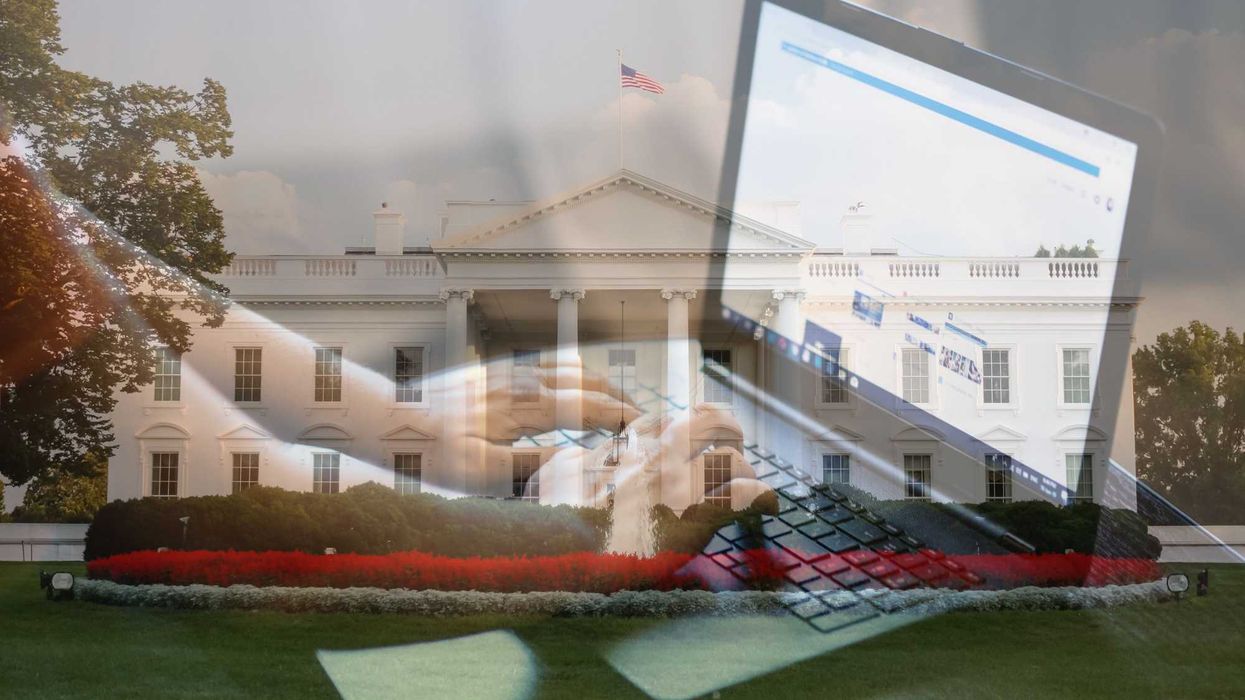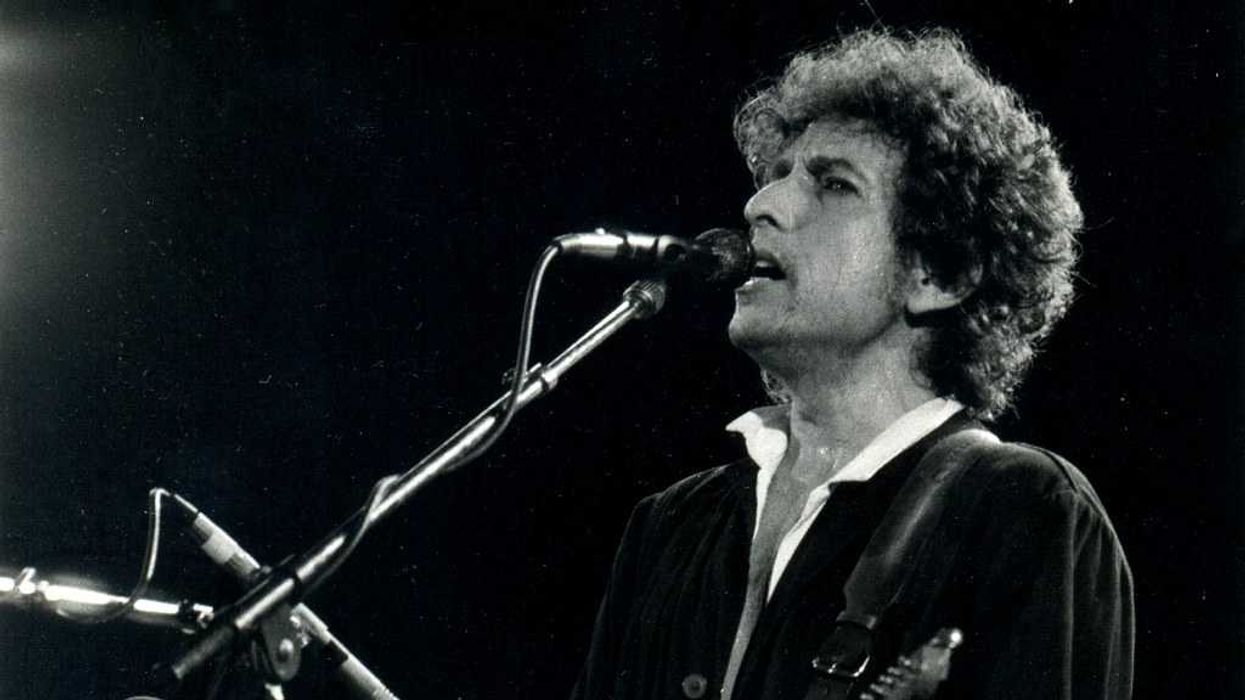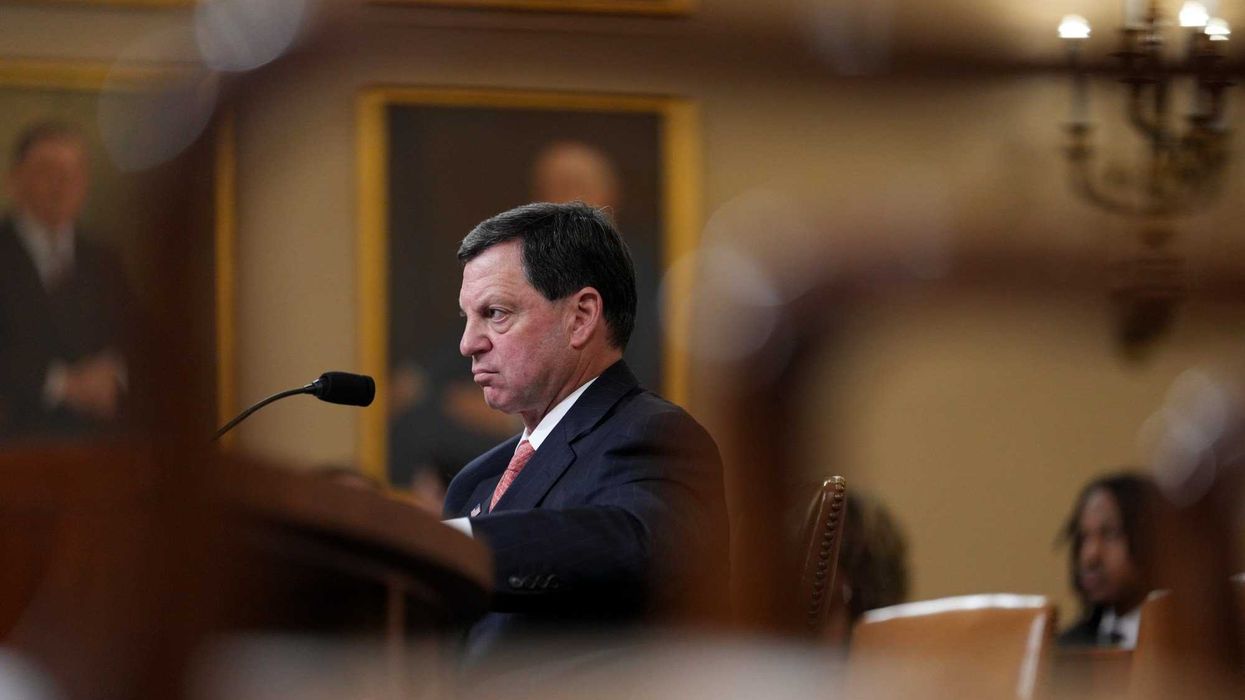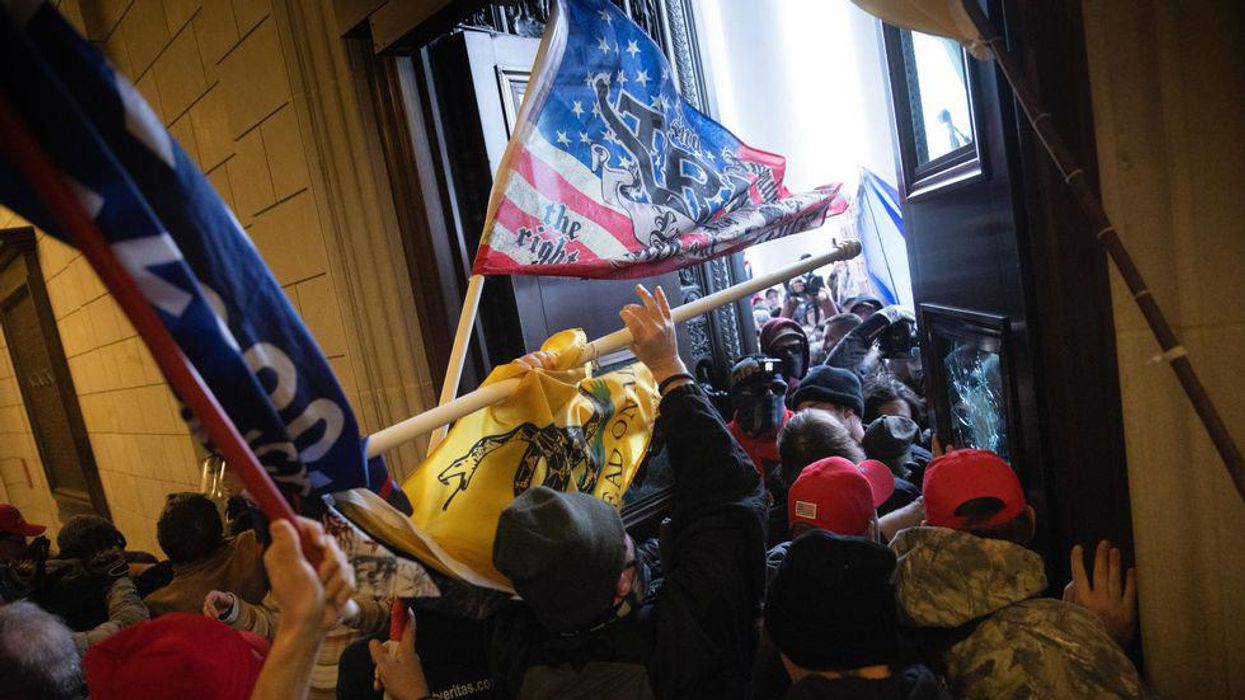Plenty of the special fundraising committees that members of Congress are supposed to use to help their congressional peers continue to be used instead as slush funds for their own fancy eats and fun in the sun, a new report concludes.
"All Expenses Still Paid" was issued Wednesday by a pair of campaign finance reform advocacy groups, Issue One and the Campaign Legal Center, that have done several previous studies of the behavior of leadership political action committees, which lawmakers establish separately from their re-election organizations with the stated aim of raising money to be donated to the House or Senate campaigns of their political allies. (The Fulcrum is being incubated by Issue One but is journalistically independent.)
But less than half of the money spent by all leadership PACs in recent years has actually gone toward contributions to other candidates and political groups, the groups found. Instead:
- Members used their leadership PACs to spend more than $87,000 in the last three months of 2018 at upscale restaurants near Capitol Hill, including 13 members who spent $16,939 at Charlie Palmer Steak.
- Four members spent a combined $113,000 through leadership PACs last fall at Sea Island, a luxury resort in Georgia, while three others spent almost $73,000 at Kiawah Golf Resort just up the coast in South Carolina.
- Among the members called out in the report were Republican Rep. George Holding of North Carolina, who directed only 18 percent of the $321,000 he spent between January 2017 and December 2018 to other candidates and political groups. Only 32 percent of the spending by the leadership committee of Democratic Rep. Gregory Meeks of New York during this same period went to candidates and political groups.
Legislation, introduced in the House in January, would extend to leadership committees the personal use ban that applies to campaign committees. No action has been taken on it.

